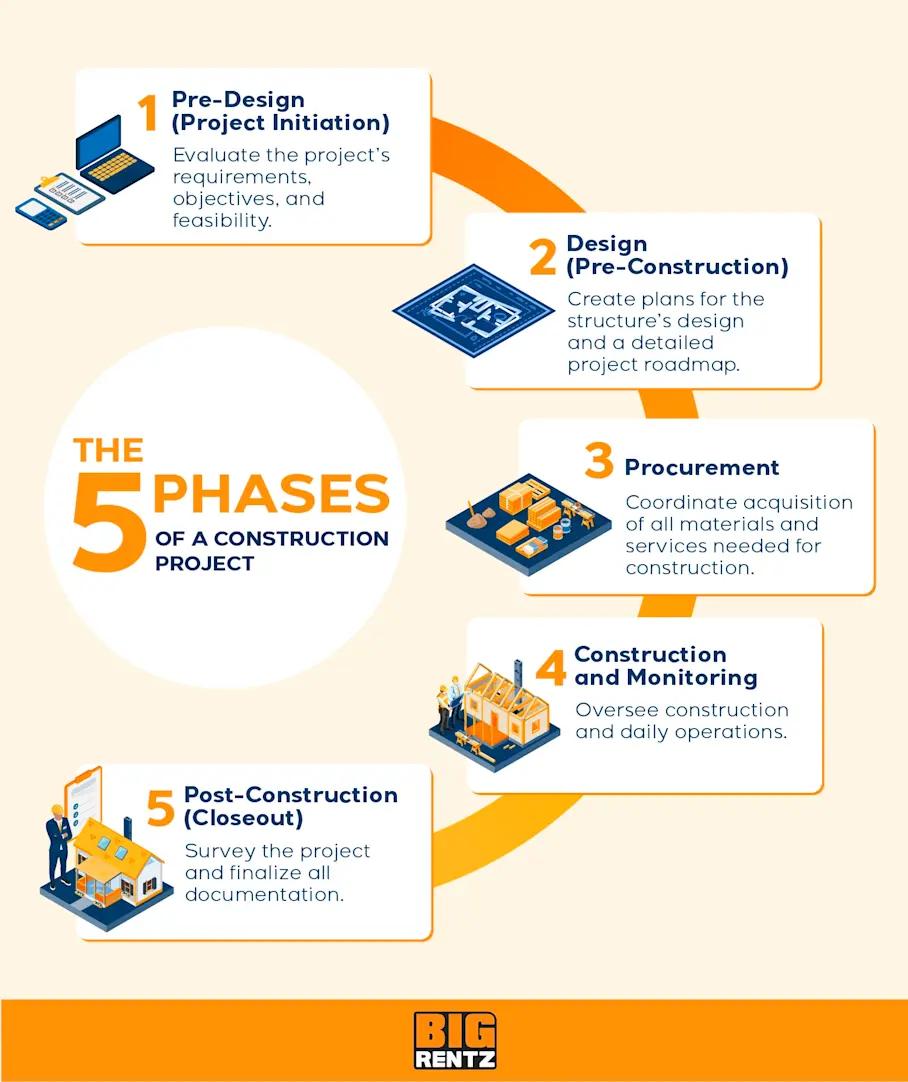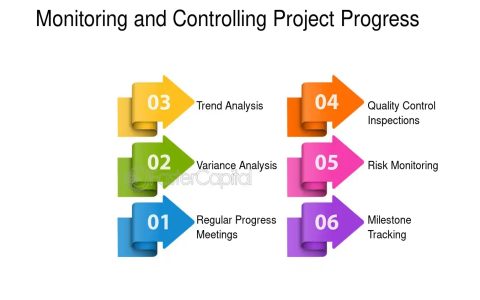Effective monitoring of construction projects demands rigorous tracking of timelines and budgets. This requires clear baselines, disciplined processes, and leveraging technology.
Establishing Critical Baselines
Budget: Develop a detailed cost breakdown structure (CBS), assigning costs to each work package, material, resource, and activity.
Schedule: Create a comprehensive baseline schedule using critical path method (CPM), defining tasks, durations, dependencies, and milestones.

Tracking Progress on Timelines
- Daily/Weekly Progress Reporting: Implement standardized forms (digital preferred) for supervisors to log work completed, crew sizes, weather delays, and issues encountered.
- Schedule Updates: Regularly (e.g., bi-weekly/monthly) input progress data into scheduling software (e.g., Primavera P6, Microsoft Project). Compare actual progress against the baseline schedule.
- Visual Indicators: Use Gantt charts, S-curves (showing cumulative progress vs. time), and earned value charts for quick visualization of schedule variance.
- BIM for Visualization: Utilize BIM models (4D/5D) to overlay planned vs. actual construction visually, identifying clashes or sequence deviations early.
- Milestone Monitoring: Strictly track key milestones; slippage triggers analysis and recovery plans.
Monitoring Budget Expenditure
- Cost Commitment Tracking: Record purchase orders, subcontractor agreements, and change orders immediately upon commitment.
- Actual Cost Tracking: Systematically log invoices, payroll, timesheets, and material delivery tickets against corresponding CBS cost codes.
- Change Order Management: Rigorously track all approved and pending changes affecting scope, cost, and schedule. Ensure their timely integration into forecasts.
- Forecasting: Continuously update forecasted final costs based on progress and committed spend.
- Earned Value Management (EVM): Integrate schedule progress data with cost data to calculate key performance indicators:
- Schedule Variance (SV): EV - PV
- Cost Variance (CV): EV - AC
- Cost Performance Index (CPI): EV / AC
- Schedule Performance Index (SPI): EV / PV
These metrics quantify efficiency and predict potential overruns.
Essential Tools and Processes
- Integrated Project Management Software: Central platforms encompassing scheduling, cost tracking, document management, RFIs, and change orders provide real-time visibility and automated reporting.
- Dashboards and Reports: Generate standardized reports (e.g., weekly status reports, EVM reports) and maintain live dashboards showing key metrics for stakeholders.
- Regular Review Meetings: Conduct weekly coordination meetings and monthly performance reviews analyzing progress reports, KPIs, risks, and forecasts. Focus on root causes of variances.
- Site Inspections and Photographs: Regular site walks and date-stamped photographic documentation provide tangible progress verification beyond software data.
Successful monitoring hinges on disciplined data collection, integration of schedule and cost data through tools like EVM, proactive analysis of variances, and transparent communication using clear visualizations and reports. This enables timely corrective actions to keep the project on track.







